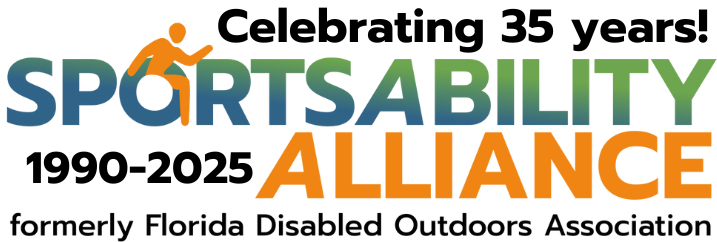What is the most common cause of long-term disability amongst adults? Stroke (National Hospital Care Survey Demonstration Projects: Stroke Inpatient Hospitalizations, 2019). According to the Centers for Disease Control and Prevention, more than 795,000 people in the United States have a stroke. 610,000 of them being their first new stroke. Subsequently, strokes can reduce mobility in more than half of stroke survivors aged 65 and older (Heart Disease and Stroke Statistics, 2022). The aftermath can affect your ability to transfer, ambulate (fancy term for walking), prevent you from doing activities of daily living, living independently, and increase your risk of falling.
Backward walking activates more muscles in comparison to forward
walking, targets knee flexion and helps to activate those muscles
that haven't been firing correctly because of the aftermath of the
stroke.
But why is there an increased risk of falling? According to the pilot study, The Effect of Walking Backward on a Treadmill on Balance, Speed of Walking and Cardiovascular Fitness for Patients with Chronic Stroke generally, the increased risk of falling in post-stroke patients is caused by poor stability in the stance phase of walking and insufficient hip and knee flexion during the swing phase (2021). Let’s define what these terms mean first. The stance phase of walking begins when the foot first touches the ground and ends with the same foot leaving the ground, while the swing phase is from when the foot first leaves the ground to when the same foot touches the ground again. Hip flexion is when the knee comes closer to the body and knee flexion is the act of getting your heel to your buttocks.
While it has been common practice to use conventional forward walking treadmill testing to increase walking ability and speed post-stroke, newer research has shown the effectiveness of backward walking in post-stroke patients. According to research published in 2019 in the Indian Journal of Physiotherapy and Occupational therapy, backward walking activates more muscles in comparison to forward walking, and really targets knee flexion (getting your heel to your buttocks) and helps to activate those muscles that haven’t been firing correctly because of the aftermath of the stroke (Kale).
Three randomized controlled trials (Kale et al, Chang et al, and Kim et al) of first-time stroke survivors able to walk twelve yards with or without a walking aid/orthosis implemented backward walking three to five times a week for twenty to thirty minutes showed statistically significant better outcome scores than traditional approaches in as little as four weeks! While there were some limitations to the study and more research needs to be done, it is promising to see positive outcomes in as little as four weeks within the study groups.
So, what does this mean for you? Whether you hit a plateau in your rehabilitation program, want to proactively decrease your risk for future falls by improving your gait performance and balance, or want to increase functionality while getting in cardiovascular training, backward walking may an option for you. Before beginning, consult your physical therapist and physician to ensure safe and modifiable participation. Anecdotally, I have implemented backward walking every day for about ten minutes with my family member who has Down syndrome, Stephen, for the past three months. Stephen has had balance and coordination issues in the past. At first, it was awkward and challenging for him. Over time, he got used to the new movement pattern and slowly started to notice a change in coordination, balance, flexibility, and strength gains. I personally have also been doing backward walking and have noticed a decreased amount of knee pain. Additionally, backward walking provided a fun alternative to the monotony of steady-state cardiovascular training. This can fit into anyone’s schedule while providing a fun and different way to improve overall health!


